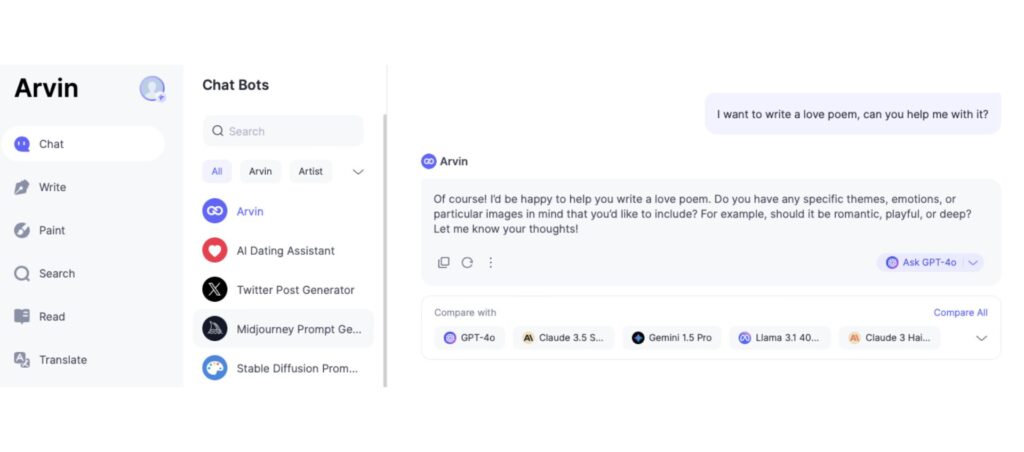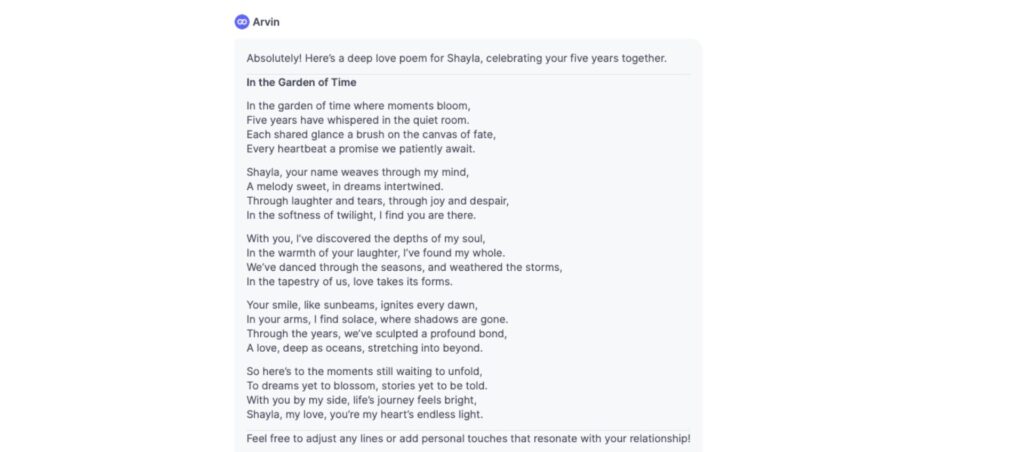Writing a love poem might seem daunting at first, but with a little inspiration and the right approach, it can be one of the most beautiful and meaningful ways to express your feelings. Here’s a guide on how to write a love poem for beginners.

It’s a timeless art form that has been ingrained in human expression for centuries. From ancient epics like Homer’s The Iliad to modern free-verse masterpieces by poets like Maya Angelou and Rupi Kaur, poetry has always served as a bridge between emotions and language.
How Should I Start a Love Poem?
Starting a love poem can feel like trying to capture lightning in a bottle. After all, love is one of the most complex and profound emotions, and putting it into words can feel daunting. But don’t worry—every great love poem starts with a single thought, feeling, or inspiration.

1. Begin with a Specific Memory or Moment
Love lives in the little things. Reflect on a memory that makes your heart feel full—maybe it’s the way they laughed during your first date, the comfort of their hand in yours, or even the sound of their voice on a rainy afternoon. Start your poem by painting that moment with vivid imagery.
Example:
“The way your laugh spilled into the room / Like sunlight breaking through a winter’s frost…”
2. Use a Metaphor or Comparison
Comparisons are a poet’s best friend, especially when writing about love. Think about how your feelings or your partner remind you of something in nature, art, or even everyday life. For instance, is their smile like a sunrise? Does their presence feel like coming home?
Example:
“Your love is a lighthouse / Guiding me through the storm…”
3. Ask a Question
Starting with a question is a great way to pull the reader (or your beloved) into your poem. You can explore what love means, what life would be without them, or even a playful inquiry about their quirks.
Example:
“How is it that your eyes hold the secrets of constellations, / Yet still see only me?”
4. Highlight a Unique Trait
Focus on what makes your partner or your love story special. Is it the way they make you feel safe, the way they say your name, or a shared inside joke? Starting with something personal adds intimacy and originality to your poem.
Example:
“You call me by my nickname / And suddenly the world feels smaller, safer…”
5. Dive Into Raw Emotion
If you’re not sure where to begin, start with the purest feeling in your heart. Whether it’s admiration, longing, or gratitude, let your emotions guide your first line. Authenticity is what makes love poems timeless.
Example:
“I’ve never known a silence so loud / Until I met you, and it all made sense…”
6. Borrow Inspiration From Classic Poets
Sometimes, reading lines from iconic love poems can spark your creativity. Take cues from Shakespeare, Pablo Neruda, or Emily Dickinson and weave their romantic styles into your own voice.
Example:
“Shall I compare thee to a summer’s day? / No—your warmth is softer, sweeter…”
How to Write a Love Poem for Him/Her
Whether you want to celebrate your partner’s unique qualities, share your admiration, or simply let them know how much they mean to you, a love poem is a timeless and personal gift. Here’s a list of some adjectives to weave into your poetry
1. Adjectives for Memories and Inspiration
These words can help evoke the beauty and intimacy of shared moments:
- Nostalgic
- Cherished
- Unforgettable
- Heartwarming
- Blissful
- Serene
- Magical
- Timeless
- Tender
- Whimsical
2. Adjectives for Unique Qualities
Use these to highlight what makes your partner special:
- Radiant
- Mesmerizing
- Thoughtful
- Genuine
- Resilient
- Compassionate
- Adventurous
- Enchanting
- Charismatic
- Playful
3. Adjectives for Comparisons and Metaphors
These adjectives can deepen your metaphors and similes:
- Infinite
- Vibrant
- Soothing
- Golden
- Eternal
- Harmonious
- Luminous
- Boundless
- Pure
- Ethereal
4. Adjectives for Vulnerability and Honesty
Perfect for expressing raw emotions and sincerity:
- Grateful
- Fragile
- Unwavering
- Passionate
- Honest
- Comforting
- Intense
- Vulnerable
- Resolute
- Devoted
5. Adjectives for Structure and Style
Adjectives that reflect the tone and formality of your poem:
- Simple
- Free-flowing
- Rhythmic
- Intimate
- Expressive
- Minimalist
- Bold
- Subtle
- Sophisticated
- Melodic
6. Adjectives for Powerful Closings
End with impactful, lasting words:
- Eternal
- Unyielding
- Profound
- Timeless
- Soulful
- Pure
- Irreplaceable
- Divine
- Everlasting
- Sacred
Example Adjective Use in Each Section
1. Memory
- “That blissful afternoon when your playful laugh filled the air.”
2. Unique Qualities:
- “Your resilient spirit and genuine warmth make every day brighter.”
3. Comparison:
- “Your love is as boundless as the sky, as vibrant as a sunrise.”
4. Vulnerability:
- “With you, I feel fragile, yet comforted by your unwavering presence.”
5. Closing:
- “You are my everlasting home, my sacred love, my eternal joy.”
How to Write a Poem About Love That Rhymes
1. Choose Your Rhyme Scheme
Before you start writing, decide on a rhyme scheme that suits your style. Some popular rhyme schemes include:
- AABB: Consecutive lines rhyme. (Perfect for short, sweet poems.)
- ABAB: Alternating lines rhyme. (Adds a flowy, lyrical feel.)
- ABBA: First and fourth lines rhyme, and second and third rhyme. (Great for structured, introspective poems.)
- Couplets: Every two lines rhyme. (Simple and direct.)
Example:
“Your eyes are stars that light the night (A)
Your smile turns darkness into light. (A)
“The world is softer when you’re near (B)
A haven filled with love sincere.” (B)
2. Start With an Emotion or Theme
Every love poem needs a central feeling or message. What do you want to express? Is it admiration, gratitude, or longing? Use this emotion as your guide to keep the poem cohesive.
Theme ideas:
- The joy of being with someone.
- The pain of unspoken love.
- A celebration of a shared memory.
3. Use Vivid Imagery
Bring your poem to life with descriptive language and metaphors. Instead of saying “I love you,” describe the feeling in a way that rhymes and paints a picture.
Example:
“Your love is like a gentle breeze, (A)
It whispers through the autumn trees. (A)
“It lifts me up when skies are gray, (B)
A guiding light to lead my way.” (B)
4. Play With Rhythmic Flow
A rhyming poem isn’t just about matching sounds—it’s also about creating a rhythm that feels natural. You can experiment with syllable counts or stick to classic patterns like iambic pentameter (10 syllables per line, alternating stressed and unstressed beats).
5. Keep It Personal
The best love poems feel specific and heartfelt. Use inside jokes, unique qualities, or shared experiences to make your poem personal. This will make it stand out and feel authentic.
Example:
“You’re the reason mornings feel so bright (A)
The warmth I crave on every night. (A)
“From whispered jokes to stolen glances, (B)
You’ve given love a thousand chances.” (B)
6. Avoid Forced Rhymes
While rhyming is important, it shouldn’t feel unnatural. If a rhyme feels awkward, rephrase the sentence or use near rhymes (words that sound similar but aren’t exact matches).
Example of a natural near rhyme:
“With you, I’ve found a love that grows, (A)
Like rivers flowing where the heart knows.” (A)
7. End With Impact
The final lines of your poem should leave a lasting impression. Close with a powerful statement, a heartfelt promise, or a poetic twist that ties everything together.
Example:
“Forever yours, my heart will stay, (A)
Through every night and every day.” (A)
Example Rhyming Love Poem
“When you are near, the world feels whole, (A)
Your laughter warms my very soul. (A)
Through storms and trials, you’re my guide, (B)
With you, I’ll stand, love by my side.” (B)
“Each moment shared is pure delight, (A)
You turn the dark into the light. (A)
Forevermore, I’ll call you mine, (B)
A love as endless as the time.” (B)
Write a Love Poem Generator
Writing a love poem can feel both exciting and intimidating. How do you capture the depth of your emotions and translate them into words that flow beautifully? Crafting the perfect poem doesn’t have to be a challenge. In fact, with the right tools, it can be as effortless as it is meaningful.
And here’s the best part—you don’t have to start from scratch. The Arvin AI Love Poem Generator in the chat function is here to help you turn your feelings into poetic brilliance, even if you’ve never written a poem before.
How Does the Love Poem Generator Work?
The Arvin AI Love Poem Generator is designed to make the process simple and enjoyable. By guiding you step by step, it allows you to focus on your emotions while it handles the heavy lifting. Here’s how you can use it:

- Share Your Inspiration: Start by providing details about your relationship or the person you’re writing for. Maybe you want to reflect on a special moment, their unique qualities, or simply how they make you feel.

- Choose Your Style: Whether you’re drawn to the timeless charm of rhymes or prefer the freedom of modern free verse, the generator adapts to your creative preferences.
- Refine and Personalize: In seconds, you’ll have a beautifully written love poem. You can tweak the words, add personal touches, or let the generator’s creation speak for itself.
Final Words
While the process may feel challenging at times, remember that love itself is an art, and your poem is simply an extension of that. Embrace the imperfections, let your emotions guide you, and don’t be afraid to experiment with styles and rhymes. Whether your poem is simple or elaborate, what truly matters is the sincerity behind your words.
And if you ever find yourself stuck, tools like the Arvin AI Love Poem Generator can help you translate your thoughts into beautiful, personalized poetry. With just a little inspiration and creativity, you’ll soon discover that writing a love poem isn’t just rewarding—it’s a powerful way to connect with your emotions and the person you care about.
So, pick up that pen (or keyboard), let your heart lead the way, and watch as your love transforms into timeless verses. After all, there’s no better gift than words that come straight from the soul.
FAQ
Rhyming couplets can add a lyrical and romantic touch, while free verse allows for a raw, unrestricted flow of emotions while haikus work well if you want to capture a fleeting, beautiful moment in a few words.
To write a love poem for her, start by focusing on what makes her truly special. Think about her unique qualities, the moments you’ve shared, or the ways she makes you feel. Then, incorporate metaphors, heartfelt compliments, and sensory details to bring your emotions to life.
Absolutely! ChatGPT can assist in writing poems, including love poems, with ease and precision. By providing details such as the tone, theme, or specific qualities you’d like to include, ChatGPT can generate a customized and heartfelt poem tailored to your needs.
Begin by focusing on a central theme, such as love, admiration, or a cherished memory. From there, use vivid imagery and sensory language to make your words come alive. Over time, as you practice, you can explore more complex styles and techniques.
Writing a poem for your crush can be both exciting and nerve-wracking. Use playful or mysterious language to hint at your feelings without being too direct. For example, instead of saying, “I like you,” you could write, “You’re the melody I hum when no one’s around.”






